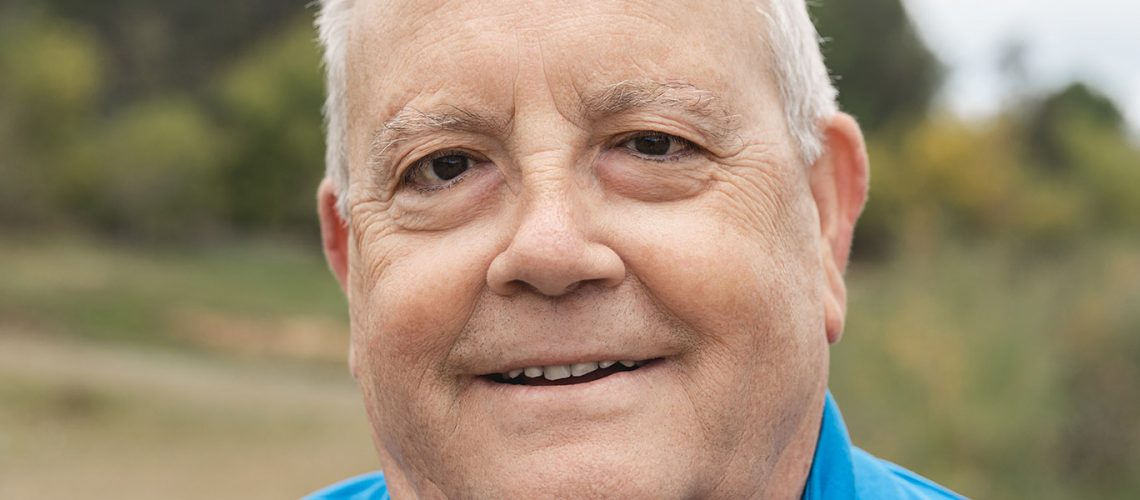Ptosis means to droop. In ophthalmology it refers to the drooping of the upper eyelid. The lid may drop only slightly or it may drop enough to partially or completely cover the pupil, restricting or obscuring vision.
It can affect one or both eyelids, and often does so asymmetrically.
Some people are born with ptosis, however the more common form of ptosis develops as we get older and is caused by the separation or stretching of the levator muscle tendon.
The levator muscle is responsible for lifting the eyelid.
This can occur as a result of ageing and is slightly more common in contact lens wearers, people who have had eye surgery such as cataract extraction or people who have had severe inflammation of the eyelids or conjunctivitis.
Some forms of ptosis are inherited. Occasionally ptosis is associated with other more serious neurologic conditions.
Depending on the severity of the eyelid droop, the symptoms may range from complete obstruction of vision or just a forehead or brow ache from overuse of the brow muscles to lift the lid away from the visual axis.
Other common symptoms are difficulty reading or performing other visual tasks such as watching TV or driving. Some patients note a heaviness of the eyelids and describe difficulty “keeping my eyes open”. In some patients the constant over use of the eyelid muscles to compensate for the droopy lids can give them a general sense of lethargy and tiredness.
The treatment for ptosis is usually surgery. In determining whether surgery is advisable, the individual’s age, general health, severity of the ptosis and whether one or both eyelids are involved is considered. Measurement of the eyelid height, evaluation of the strength of the muscles that open and close the eyelids, and observation of the eye’s movement will aid in determining what surgical procedure is most appropriate.
Depending on the function of the muscles in the eyelid different surgical procedures are available. Some procedures are performed through the internal surface of the eyelid with no cutting of the skin at all, more commonly an incision hidden in the lid crease skin is made so that excess skin can be removed at the same time. The operation is under sedation and local anaesthesia.
In children general anaesthesia is required.
Ptosis reduces field of vision, so it can be dangerous, with patients walking into overhead objects, having difficulty changing lanes and driving in general. Sometimes when the ptosis is more on one side, the patient only sees out of one eye and this affects depth vision increasing the risks of falls, especially in the elderly.
When ptosis is mild and patients are able to compensate without feeling constantly tired then surgery can be avoided.
Swelling and bruising can last 3 days to 3 weeks, but usually within 1-2 weeks most of the obvious signs of recent surgery have resolved. If the lid crease needs reforming at the time of surgery, postoperative swelling may be more prominent.
Most patients will take 4-5 days off work. Physical activity in the first week should be minimal and then building up to a normal level over the next two weeks.
Any surgery carries risks, however the risks for this procedure are low and will be discussed fully at the time of your consultation.
The muscle that lifts the eyelid is shortened and in some people the muscle can degenerate with time and so will allow the lid to again drop. This is unusual and if it occurs as a rule the procedure can be repeated with good effect.
As we age our tissues change and surgery does not stop the ageing process. Also other changes around the eyelids such as brow position changes can undermine the beneficial effect of the surgery.
There are very few people who cannot have this procedure. In most cases this procedure attracts a rebate from medicare and private health funds.



